How to easily clean a non-stick frying pan?
Even the cleanest housewives cannot avoid the formation of carbon deposits on dishes, because fat tends to accumulate on the walls of dishes. At the initial stage, fat is difficult to see on the surface of the cookware. But over time, its quantity increases, and getting rid of it is quite difficult, but possible.
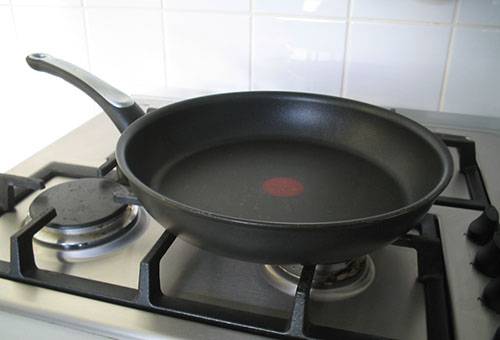
Teflon pans
A Teflon frying pan can be found in almost every home today, because this utensil is practical and easy to use; cooking becomes easier and more enjoyable, because it does not burn or stick to the surface. But besides this advantage, there is also a huge disadvantage, which is that it is difficult to clean a non-stick frying pan. This is due to the fact that the fragile coating requires special care, which is why for cooking in such dishes it is recommended to use wooden or silicone spatulas, spoons and tongs, which will not damage the surface, unlike metal ones.
Carbon deposits on dishes can be the result of improper use, so before you start using the frying pan, you should study the instructions for it in detail or ask the seller what the basic requirements for caring for it are. This will eliminate future questions about how to clean a nonstick pan.
How to clean the outside of a non-stick frying pan?
It is easier to clean the outside of a non-stick frying pan than the inside, since the outside does not come into contact with food. Thus, its care can be entrusted to chemical agents that are intended to combat burnt fat.
You can clean the outside of a Teflon frying pan using the following methods.
- Cream and gel-like substances (“Domestos”, “Antinagar”) that, when applied to the surface, corrode old grease, which can then be easily removed with a dishwashing sponge.
- Grease cleaners (“Mr. Muscle”) that are sprayed onto the outer surface of the dishes and within a few minutes break down the grease, which is then easily washed off with a sponge.
- You can clean dishes from carbon deposits using liquid products (“Milam”), which show tremendous results in eliminating fat half an hour after application.
Cleaning carbon deposits from the inside
At first glance, it is easier to get rid of deposits inside cookware with a non-stick coating than on the outside, because they can be cleaned frequently immediately after cooking. But with Teflon coating you need to be extremely careful. It is contraindicated to use powdered cleaning agents, which contain abrasive particles that are destructive to the coating, as auxiliary products for the care of this type of dishes.
The best ways to deal with burnt fat are the following methods.
- Place a frying pan filled with water over low heat and bring to a boil. Then add a small amount of liquid detergent and remove from heat. Cool for an hour and wash with plenty of water using a sponge.
- Using a dishwasher will remove small amounts of grease on its own. But you shouldn’t expect that the result will appear after the first wash.
Do not use chemicals or hard sponges on the inside of the pan, as they can damage the coating and shorten the life of the pan.
Universal methods
If there is a need to simultaneously wash a non-stick frying pan on both sides, it is recommended to use the following methods.
- In a large container, such as a bowl or boiler, bring three liters of water to a boil. After the water boils, place 150 grams of liquid detergent, 50 grams of silicate glue and 200 grams of soda into it. Stir thoroughly and place our non-stick cookware in this mixture for two hours. After the specified time has passed, remove the dishes and remove the deposits with a sponge and water.
Advice
If a lot of burnt fat has formed, then the time the dishes remain in such a solution increases.
- You can also clean a frying pan with such a coating using another solution: 3 liters of water, 100 grams of silicate glue, 1 bar of laundry soap, grated. The procedure is similar to the previous one, and in order to wash the dishes from carbon deposits, they need to be placed in this solution and boiled over low heat for two hours.
How to prevent carbon deposits?
Any problem can be prevented, and the appearance of carbon deposits on non-stick cookware is no exception. Naturally, you can give the dishes a second life and clean a frying pan that is dirty beyond recognition, but it is better to avoid this situation and not rack your brains looking for ways to solve it.
To ensure that non-stick cookware is always in perfect condition, you must follow simple rules.
- Clean it after cooking. This process may take a little time, but this way you will be able to avoid hours of work to eliminate your own mistakes.
- It is not recommended to heat dishes to temperatures above 250 degrees. At this temperature, the integrity of the coating is destroyed, it is deformed, which reduces the non-stick characteristics, and subsequently the pan will be more difficult to clean.
- Avoid using metal products for cooking as they damage the surface of the cookware. The grease penetrates into the scratches, and it will be quite difficult to clean it in the future.
- Clean the outside of the pan. It is recommended to do this at least once a week. Removing a small amount of fat that has accumulated on the outer surface is much easier than removing accumulations that have formed over a long period of time.
Normally, carbon deposits should not often form on the inner surface of the frying pan. Its regular appearance may indicate that the integrity of the coating has been compromised, and it is not recommended to use such utensils for cooking.
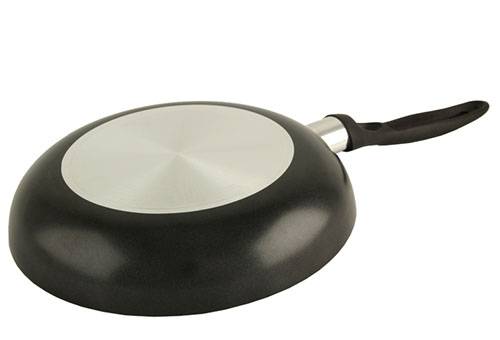
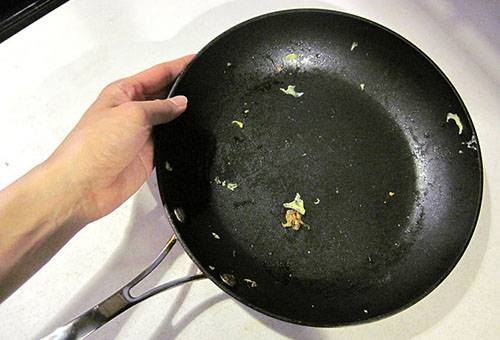
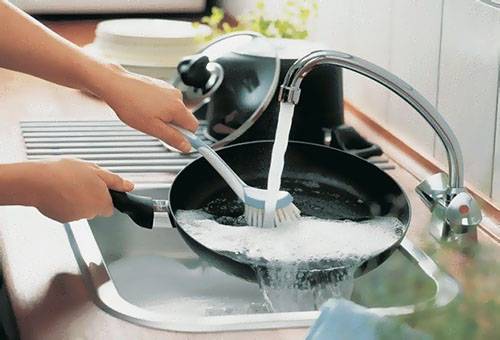
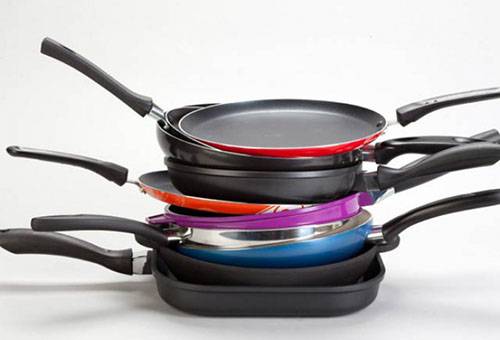
I love reading your comments
I liked the method of boiling water in a frying pan. While I wash the rest of the dishes, the water boils. I don't even wait for the water to cool completely. Once I finish all the other cleaning in the kitchen, I pour out the water and everything is easily washed off.